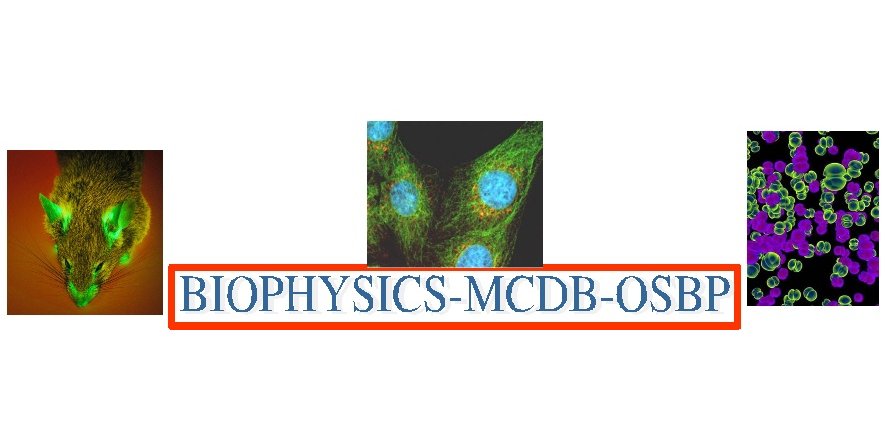Interdisciplinary Graduate Programs Symposium

2010 OSU Molecular Life Sciences
Interdisciplinary Graduate Programs Symposium

Poster abstracts
Abstract:
The nuclear envelope consists of an inner nuclear membrane (INM) and an outer nuclear membrane (ONM). How proteins are targeted to the INM is not well understood. In a previous study we showed that a small motif (aa 130-151) is necessary and sufficient to target the peripheral reporter protein, Trm1-GFP, to the INM. It was suggested that Trm1 is imported through the nucleopores to the nucleoplasm via the Nuclear Localization Signal. Then, Trm1 is redistributed from the nucleoplasm to the INM via the INM targeting motif. We performed a genetic screen for non-essential genes in yeast that when deleted mislocalize Trm1-GFP; however, this approach was unsuccessful uncovering a Trm1 tether. Here we report the results of screening a collection of temperature sensitive (ts) mutants for essential genes. We uncovered numerous mutants that caused Trm1-GFP mislocalization. At non-permissive temperature, Trm1-GFP accumulates as a spot rather than being evenly distributed around the entire INM. About 20% of the mutated genes affecting Trm1-GFP location encode for components of the Spindle Pole Body (SPB). To understand how SPB mutations affect Trm1-GFP tethering, we employed co-localization experiments to determine if Trm1-GFP spot in the mutants is located to a particular nuclear sub-domain. At the non-permissive temperature, Trm1-GFP spot localizes to a pore-less region. This region is close to or at the ER-nucleus junction. These results and other data lead to our hypothesis that the spot at the ER-nucleus junction is the location where Trm1 may initiate “spreading” throughout the INM and it requires functional SPBs. We are currently investigating the mechanism by which the SPB affects Trm1 spreading at the INM. The SPB mutations also affect the localization of other INM proteins, indicating a general role of the SPB in nuclear organization.
References:
1.Lai TP, Stauffer KA, Murthi A, Shaheen HH, Peng G, Martin NC, Hopper AK. 2009. Mechanism and a peptide motif for targeting peripheral proteins to the yeast inner nuclear membrane. Traffic 10(9):1243-56.
2. Murthi, A, Hopper AK. 2005. Genome-wide screen for inner nuclear membrane protein targeting in Saccharomyces cerevisiae: roles for N-acetylation and an integral membrane protein. Genetics 170(4):1553-60
Keywords: protein targeting, Inner nuclear membrane, spindle pole body